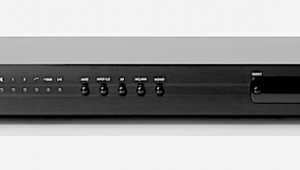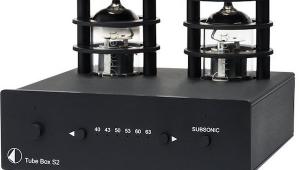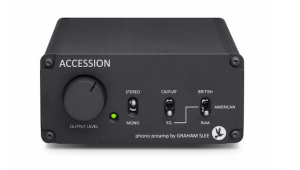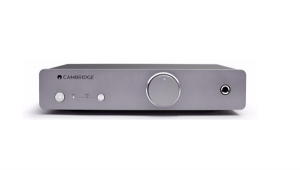You are probably my favorite audio reviewer on the web right now, and I appreciate your care in writing these reviews.
I had high hopes for this stage based on its description and price. But lean and analytic doesn't sound good to me even if it outputs DSD. I will keep an eye out for updates as I can't afford the $1k alternatives as yet. When I can, perhaps PS audio will have warmed it up a bit.
looking forward to the shootout. I hope to participate this time if my Kickstarter geek out shows up on time.






















































